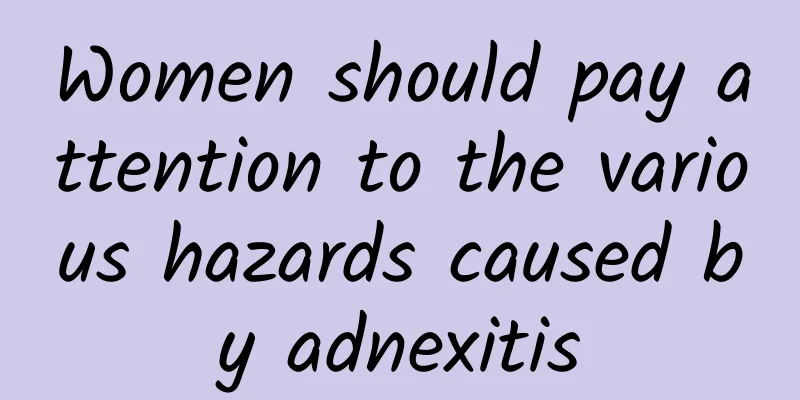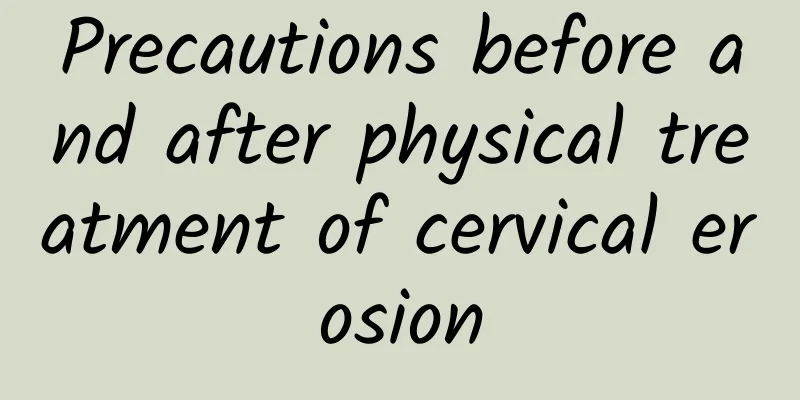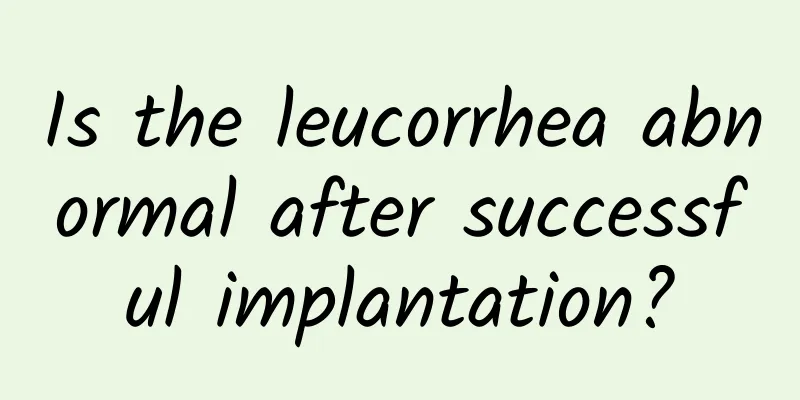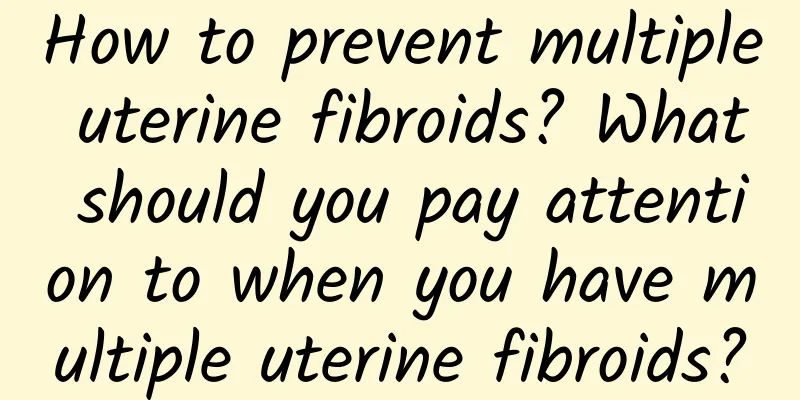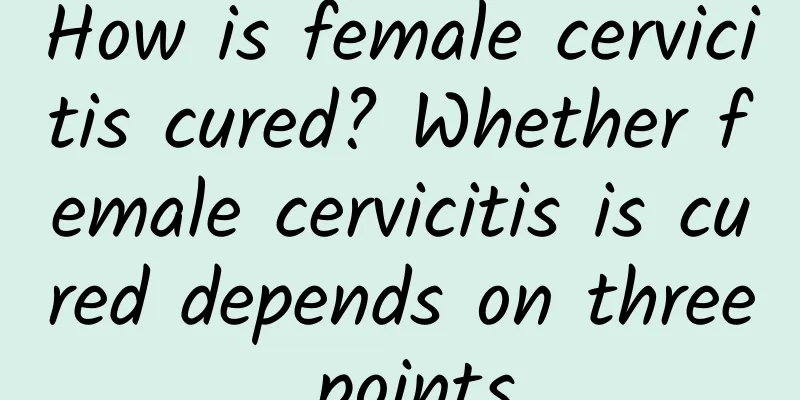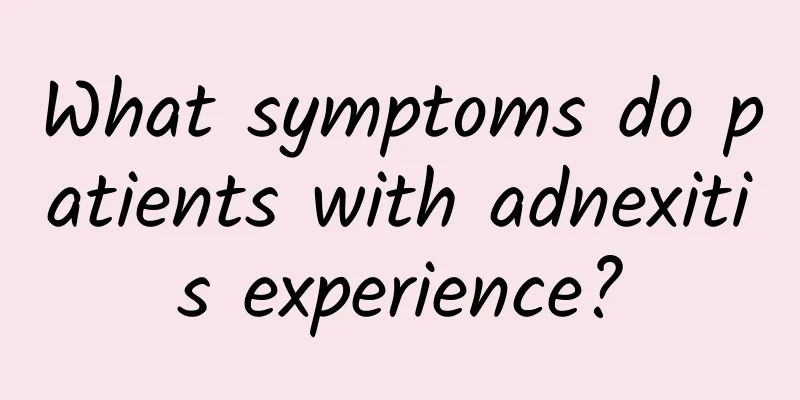Can uterine fibroids eat blood? What should people with anemia eat?
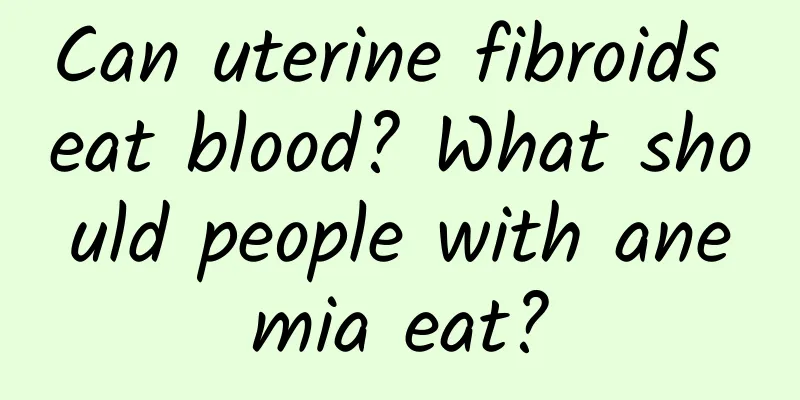
|
Uterine fibroids may cause excessive menstrual flow, and prolonged excessive menstrual flow may cause anemia. Dietary adjustments for anemia include increasing foods rich in iron and vitamin C. Uterine fibroids are a common benign gynecological tumor, but they may cause menstrual disorders, especially excessive menstrual flow, which leads to excessive iron loss in the body and further causes iron deficiency anemia. In response to this situation, patients should make certain adjustments in their diet. 1. Foods rich in iron. Foods such as red meat, chicken and animal liver are good sources of iron. Iron is an important component of hemoglobin and can improve the oxygen-carrying capacity of red blood cells in the blood. Seafood such as fish and shellfish are also rich in iron. Foods rich in iron can effectively relieve fatigue and weakness caused by anemia. 2. Vitamin C promotes iron absorption. Fresh vegetables and fruits, especially citrus fruits, strawberries, tomatoes and red, yellow or green vegetables, are rich in vitamin C, which can promote the absorption of iron in food. Adding such foods to every meal can improve the utilization efficiency of iron. 3. Avoid foods and drinks that interfere with iron absorption. The tannic acid contained in tea and coffee will inhibit iron absorption, so they should usually be consumed 1-2 hours after a meal. High-fiber foods and calcium-rich foods will compete with iron absorption, so they also need to be moderately adjusted. For better health management, if women experience long-term menorrhagia caused by uterine fibroids, they should consult a doctor in time to obtain a suitable treatment plan. In terms of food choices, in addition to supplementing iron and vitamin C, you should also pay attention to a balanced diet. Treatment of anemia may also include a doctor's medication recommendations, which may usually involve iron supplements or other targeted medications. In terms of lifestyle, regular work and rest and moderate exercise can also help improve overall health and immunity. Under the supervision of a doctor, other methods of treating uterine fibroids such as drug therapy, surgery (such as laparoscopic myomectomy, uterine artery embolization), etc. should also be selected according to individual needs to fundamentally solve the problem. |
<<: What to eat after chemotherapy for invasive hydatidiform mole to recover quickly
>>: Can I get pregnant and have a baby with endometriosis?
Recommend
Dietary remedies for treating functional uterine bleeding
There are many ways to treat functional uterine b...
How can a little girl get an ovarian cyst?
The reasons why the little girl got ovarian cysts...
Is it good for women with chronic cervicitis to see a Chinese doctor? Common knowledge about Chinese medicine for treating chronic cervicitis
It is better to see a Chinese medicine doctor for...
Can patients with uterine effusion get pregnant?
Can patients with uterine effusion get pregnant? ...
Several major hazards of irregular menstruation
During the physiological period, the phenomenon o...
How to get rid of menopausal fat belly and middle-aged men’s beer belly? Study: Drinking soy milk every day can help you lose belly fat
"Lower belly fat" is a common wish of m...
What are the symptoms and signs of pelvic inflammatory disease?
In life, everyone is very familiar with gynecolog...
Who are the high-risk groups for uterine fibroids? What should I do if I have uterine fibroids?
Do women have severe uterine fibroids? What shoul...
Drink this to reduce edema! Mint cucumber celery juice is so refreshing
★ Celery juice to reduce edema Material: Celery⋯⋯...
Experts reveal the major dangers of irregular menstruation in women
Irregular menstruation is a common gynecological ...
Several nourishing soups that can effectively relieve dysmenorrhea
Women with dysmenorrhea should try to drink vario...
Tomatoes prevent aging and fight dementia! Nutritionist: 3 tips to get the most lycopene
An Italian proverb says: "When tomatoes turn...
What are the main methods for detecting ectopic pregnancy?
What are the main examination methods for ectopic...
What are the treatments for vulvar leukoplakia?
What are the treatments for vulvar leukoplakia? T...
Why fasting during painless abortion
Why do you need to fast for painless abortion? Pa...
